Social Networking in the Classroom
An issue brought to us from the many school administrators and tech directors that we work with is, “What do we do about social networking sites?”
Students, staff and parents are using social networking sites to learn, connect and communicate at home. Teachers are attending courses and seminars on how to utilize these sites as tools in their classrooms, but administrators and tech directors are hesitant – and rightly so.
Many questions have to be asked and answered before schools open the online gates. Perhaps most importantly is, are there ways to harness the energy students put into updating their online profiles, and use it to enhance educational experiences?
Before schools begin utilizing social networking sites in classrooms, they must lay the groundwork to establish an atmosphere of mutual respect, analyze digital information and encourage students to look at the consequences of everything they leave in their “digital footprint”. Whether or not you use social networking sites in your schools, those “SNetiquette” (social networking etiquette) rules still need to be addressed. Teaching media literacy is a part of the Iowa Core Curriculum, specifically teaching students to evaluate what they are reading, watching and hearing in the media they are viewing.
And then there’s the technology issues – can your current setup even manage these sites? From a technical standpoint, many content filtering software and appliances do not have the ability to open gateways to social networking sites for only some users and not others.
For example, certain content filters allow you to let teachers login to YouTube to upload and show videos without letting students have unlimited access as well. Other content filters only offer an all or none approach – either every user has access to a site, or no one does.
Another matter of discussion for administrators is “how does my staff appear online?” Jason Marshall, account manager at ITS, is a former teacher who also holds a Master’s degree in Educational Administration. This fall he offered workshops to several local schools on teachers’ use of social networking sites.
Teachers were surprised, and often mortified, to see what things they (or others) had posted and were available for the public world to see. It is becoming more common in our area for schools to adopt, or at least discuss, policies regarding both student AND staff behavior on social networking sites.
Although there are a lot of questions to ponder, several positive benefits await schools and students that safely and responsibly employ these online tools. As a technology company, we see students learning skills that are applicable to the skill set we desire in our workforce. Students are learning html coding, security, networking and data organization; often by trial and error or simply immersion. As users of social networking sites in business and personal settings, we also know how much creative and academic effort it can take to develop content and layouts.
Students are going to use social networking sites; whether it’s during third period chemistry to record and share findings of their latest experiment, or at home to discuss the horrors of third period chemistry. How will your school impact these 21st Century thinkers and their use of social networking sites?
